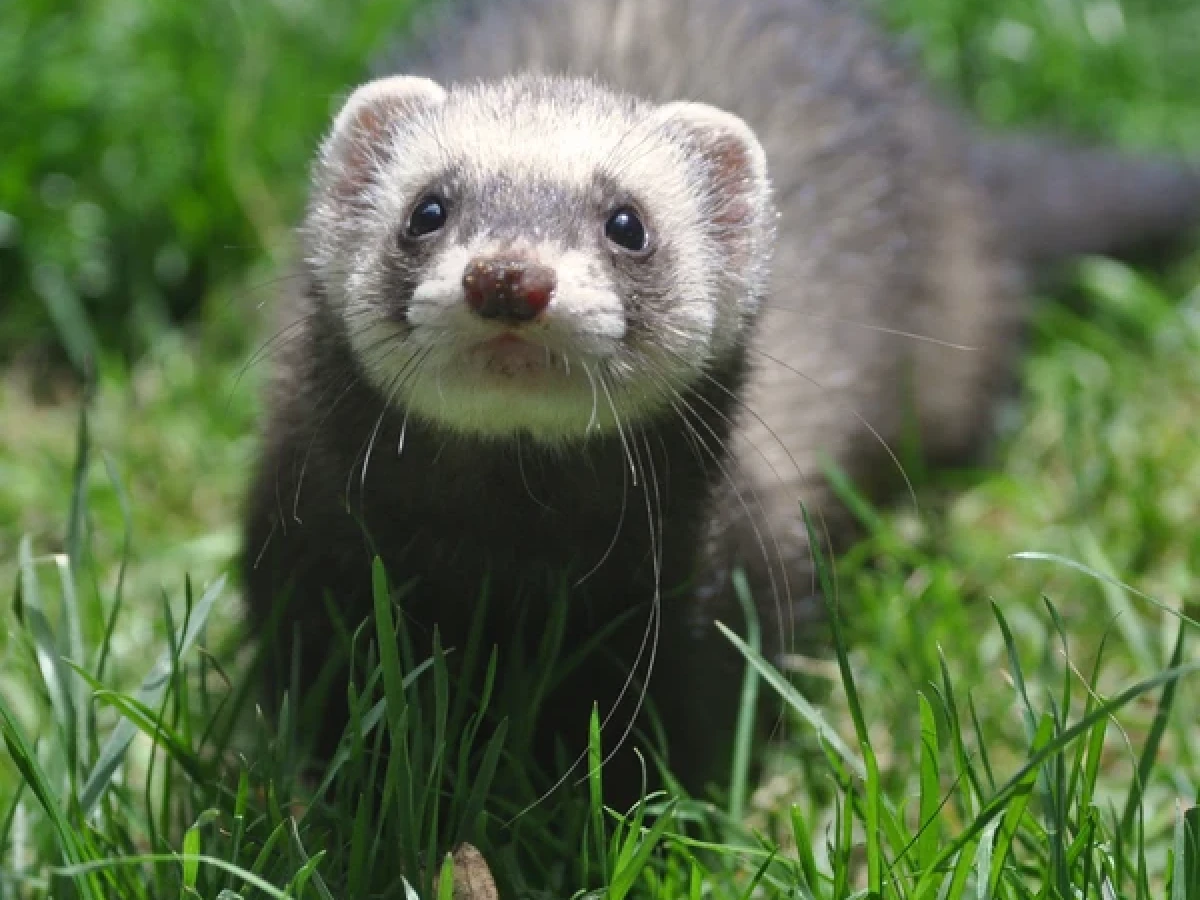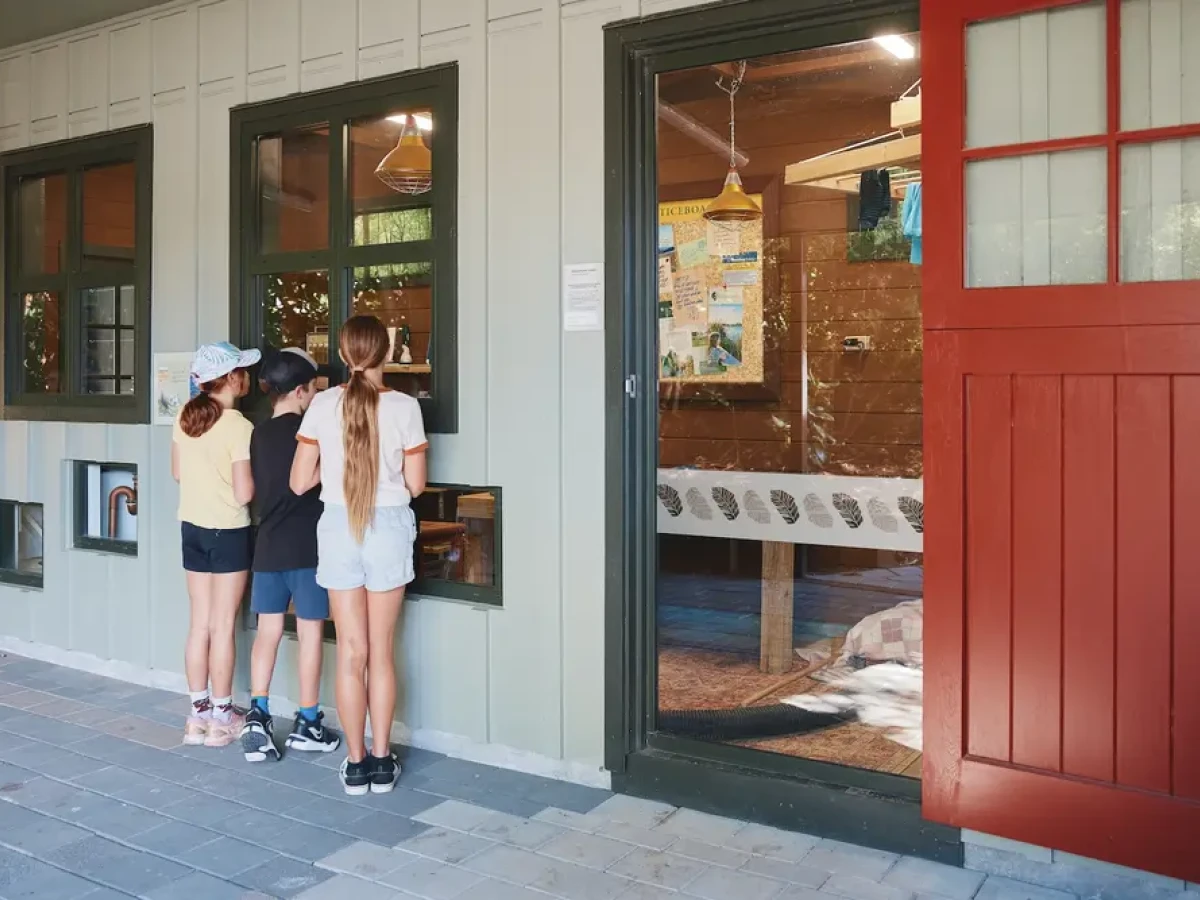Step into the world of our ferrets and unlock the wonders of these extraordinary creatures

New Zealand has the largest known population of feral ferrets in the world. Ferrets spend up to 18hrs a day asleep! With a very long and slender body shape, ferrets were initially bred for sport, hunting rabbits in a practice known as rabbiting.
"Dooking" is a soft clucking noise made by happy or playful ferrets. They have a variety of other ways to communicate, including hissing when scared and squeaking when upset.
Ferrets are social and live happily in groups, however they are territorial animals and like to burrow and sleep in enclosed areas. Despite their reputation as a pest and aggressive manner of killing prey, they are often very playful with each other.
Quick facts
Distribution:
Worldwide
Habitat:
Grassy plains, pastures, scrubland, coastal
Conservation Status:
Least Concern
Fun fact
The name "ferret" is derived from the Latin "furittus", meaning "little thief", a likely reference to the common ferret penchant for secreting away small items

Designed in the style of a classic tramping hut, our ferret enclosure highlights the crucial role of pest management in protecting native species. It's a fantastic educational experience where visitors can see first-hand the importance of keeping pests away from native wildlife. Come and learn about conservation efforts while enjoying a unique and engaging display!